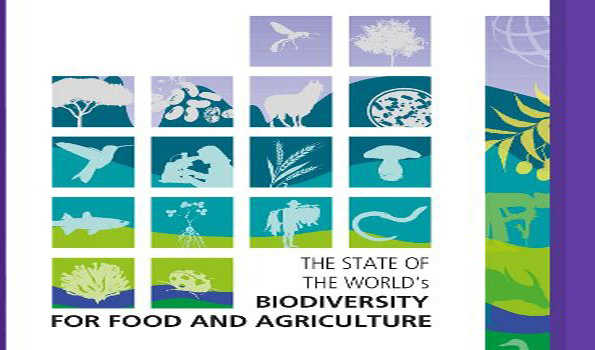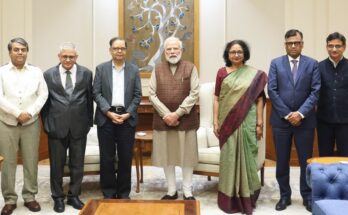With the biodiversity of plants cultivated for food shrinking, the global population’s health, livelihoods and environment are under severe threat.
This warning from the Food and Agriculture Organisation (FAO) comes as the UN agency releases a new report – the first of its kind – on the state of the world’s biodiversity in food and agriculture.
The study, released on Friday, delivers a stark message that there is a real risk of the plant and animal species that provide our food, fuel and fibre disappearing for good.
The FAO received a large amount of information from 91 countries, provided specifically for the report, and the analysis of the latest global data to compile the report, which was prepared under the guidance of the Commission on Genetic Resources for Food and Agriculture, the only permanent intergovernmental body that specifically addresses biological diversity for food and agriculture.
While 6,000 plant species are cultivated for food, just nine of them account for two-thirds of all crop production. When it comes to livestock, around a quarter of breeds are at risk of extinction just a handful provide the vast majority of meat, milk and eggs. And more than half of fish stocks are at risk of extinction.
Wild food species are also rapidly disappearing, with just under a quarter of known wild food species are decreasing. However, the true proportion is believed to be much higher as more than half of reported wild food species is unknown. In addition, species that contribute to the food ecosystem, such as pollinators, soil organisms and natural enemies of pests, are under sever threat.
FAO chief José Graziano da Silva, quoted in a statement published on Friday, described biodiversity as “critical” for safeguarding global food security, and called for food to be produced in a way that doesn’t harm the environment, “Less biodiversity means that plants and animals are more vulnerable to pests and diseases. Compounded by our reliance on fewer and fewer species to feed ourselves, the increasing loss of biodiversity for food and agriculture puts food security and nutrition at risk.” (UNI)




